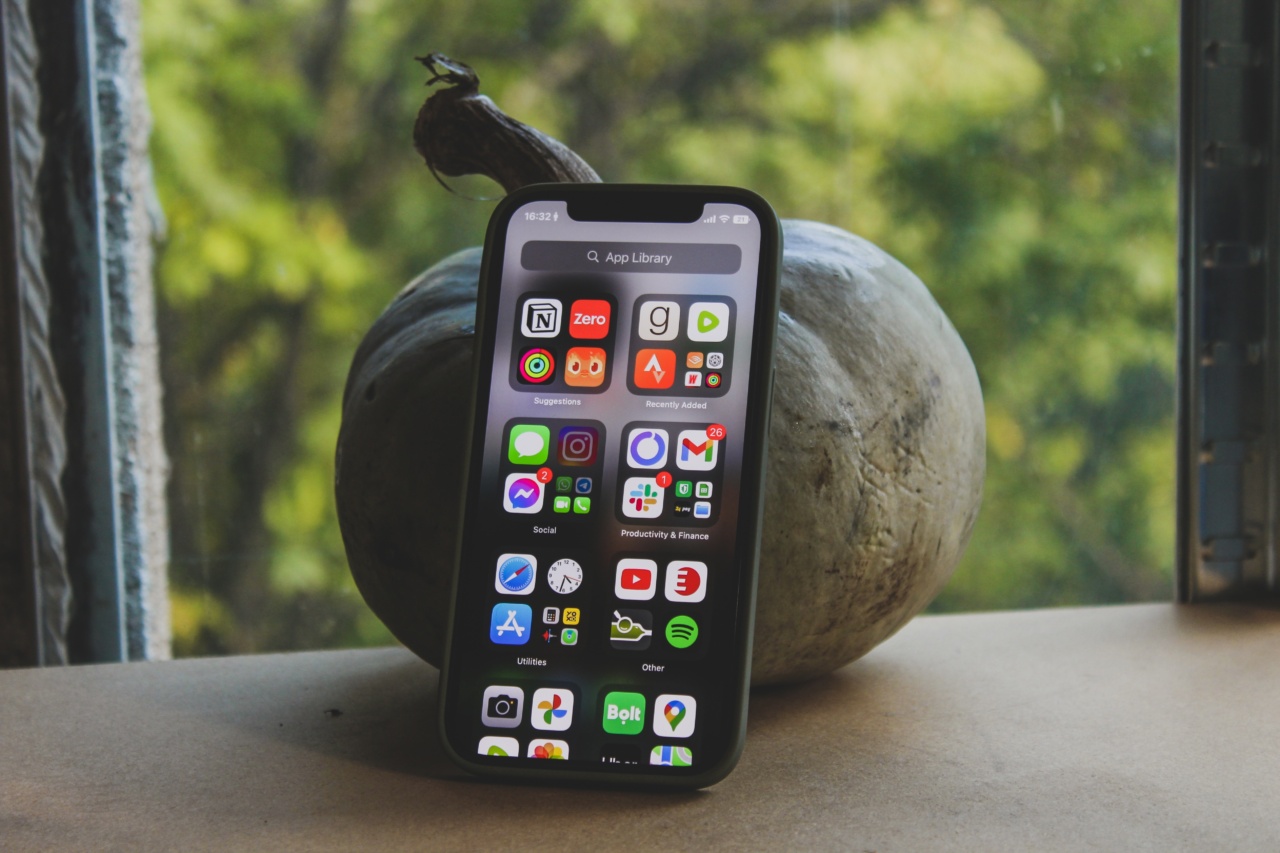Novartis, a leading pharmaceutical company, has recently developed a range of smart apps to help visually impaired patients manage their health conditions.
These apps are designed to help patients monitor their medications, get reminders for doctor’s appointments, and access information about their conditions easily.
Smart apps for medication management
One of the most significant challenges faced by visually impaired patients is managing their medications. Novartis has developed a range of smart apps that can help patients keep track of their medications easily.
These apps can remind patients when to take their medications, alert them when it’s time to refill their prescriptions, and provide information about any potential side effects of their medications.
Educational content for patients
Novartis has also developed a range of educational apps to help visually impaired patients learn more about their conditions and how to manage them effectively.
These apps provide easy-to-understand information about various health conditions and their treatments, as well as tips for managing symptoms and staying healthy. The apps also include audio and visual components to make the information more accessible to patients with visual impairments.
Doctor’s appointment reminders
Keeping track of doctor’s appointments can be challenging for visually impaired patients.
Novartis has developed apps that can remind patients of upcoming appointments and provide them with all the information they need to get to their appointments on time. The apps can also help patients navigate to the doctor’s office and provide information about accessibility options at the office.
Smart apps for nutrition and exercise
In addition to medication management and appointment reminders, Novartis has also developed a range of smart apps to help visually impaired patients manage their nutrition and exercise routines.
These apps can provide suggestions for healthy meals, track patients’ caloric intake, and remind patients to take breaks and exercise throughout the day. The apps can also track patients’ progress over time and provide motivational messages to help them stay on track with their health goals.
Assistive technologies for smart apps
Novartis has partnered with various assistive technology companies to make its smart apps more accessible to visually impaired patients.
These companies provide technologies such as screen readers, speech-to-text software, and braille displays to help patients access the apps more easily. The goal is to make the apps as inclusive as possible, so that all patients can benefit from them regardless of their level of visual impairment.
Data privacy and security
Novartis takes data privacy and security very seriously. All patient data collected by the smart apps is encrypted and stored securely on Novartis’ servers.
Patients have full control over their data and can choose to share it with their healthcare providers or family members if they wish. Novartis also complies with all relevant data privacy laws and regulations.
Future developments
Novartis is constantly working on new and innovative ways to help visually impaired patients manage their health more effectively.
The company is exploring the use of artificial intelligence and machine learning to develop personalized health plans for patients, as well as the use of wearable devices to track patients’ vital signs and monitor their health in real-time. These developments have the potential to revolutionize healthcare for visually impaired patients and make it more accessible and convenient than ever before.
Conclusion
Novartis’ smart apps for visually impaired patients are a remarkable innovation in the field of healthcare.
These apps can make a significant difference in the daily lives of patients, helping them manage their health conditions more effectively and with greater ease. Novartis’ commitment to data privacy and security ensures that patients can trust the apps, while its partnerships with assistive technology companies make sure that the apps are accessible to all patients.
With further developments on the horizon, the future looks bright for visually impaired patients and their healthcare needs.






























